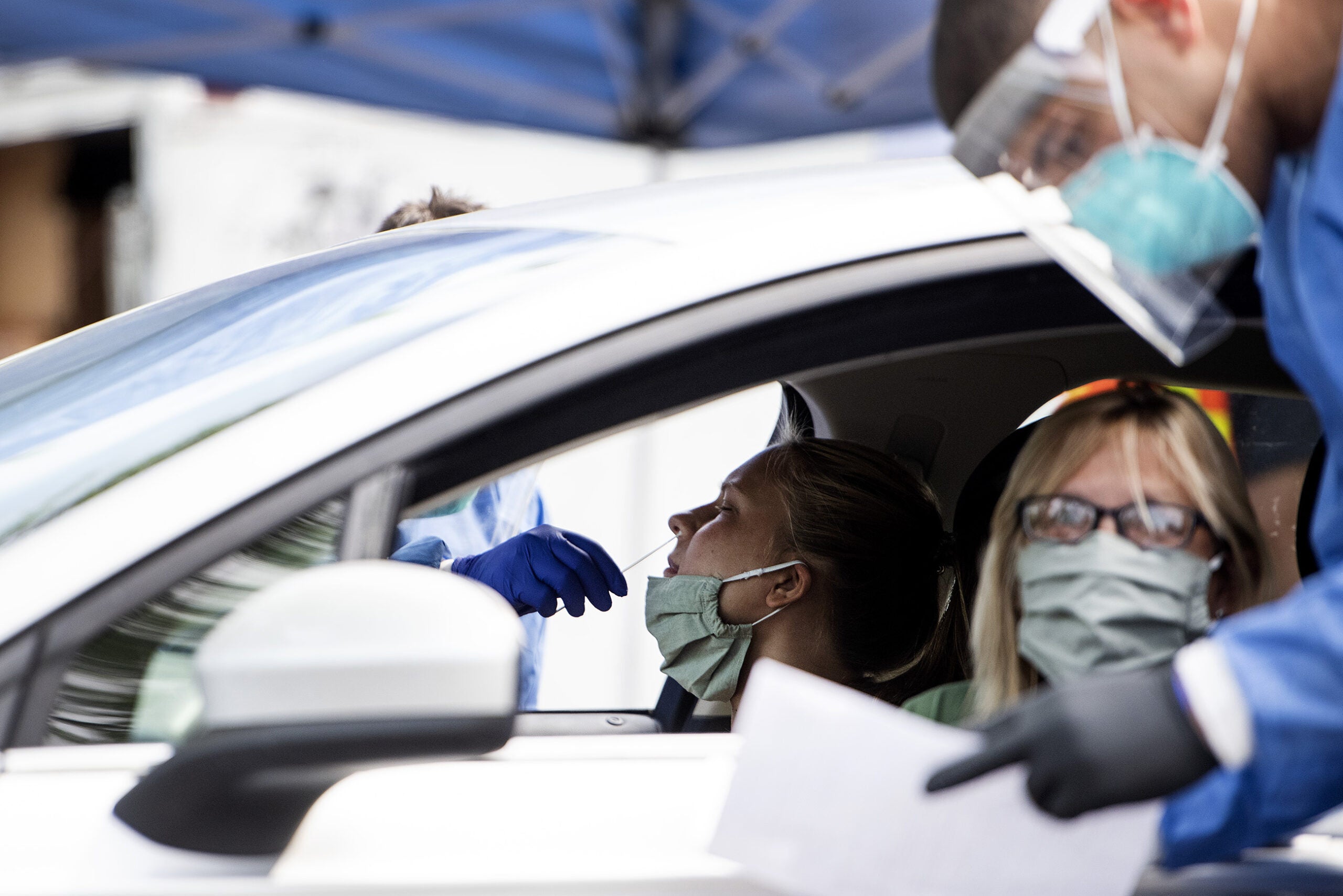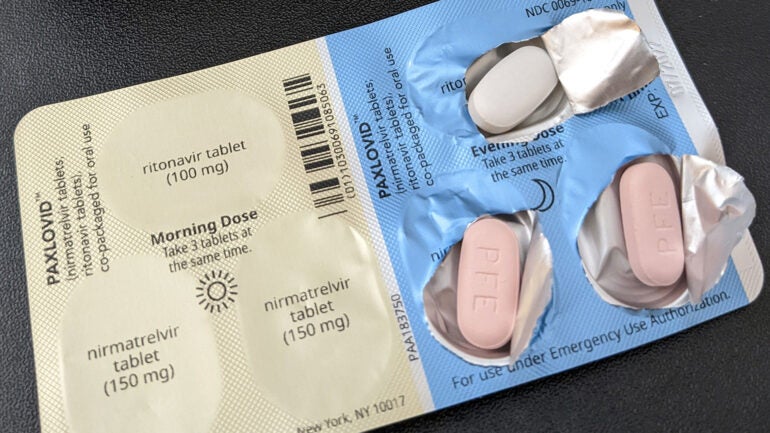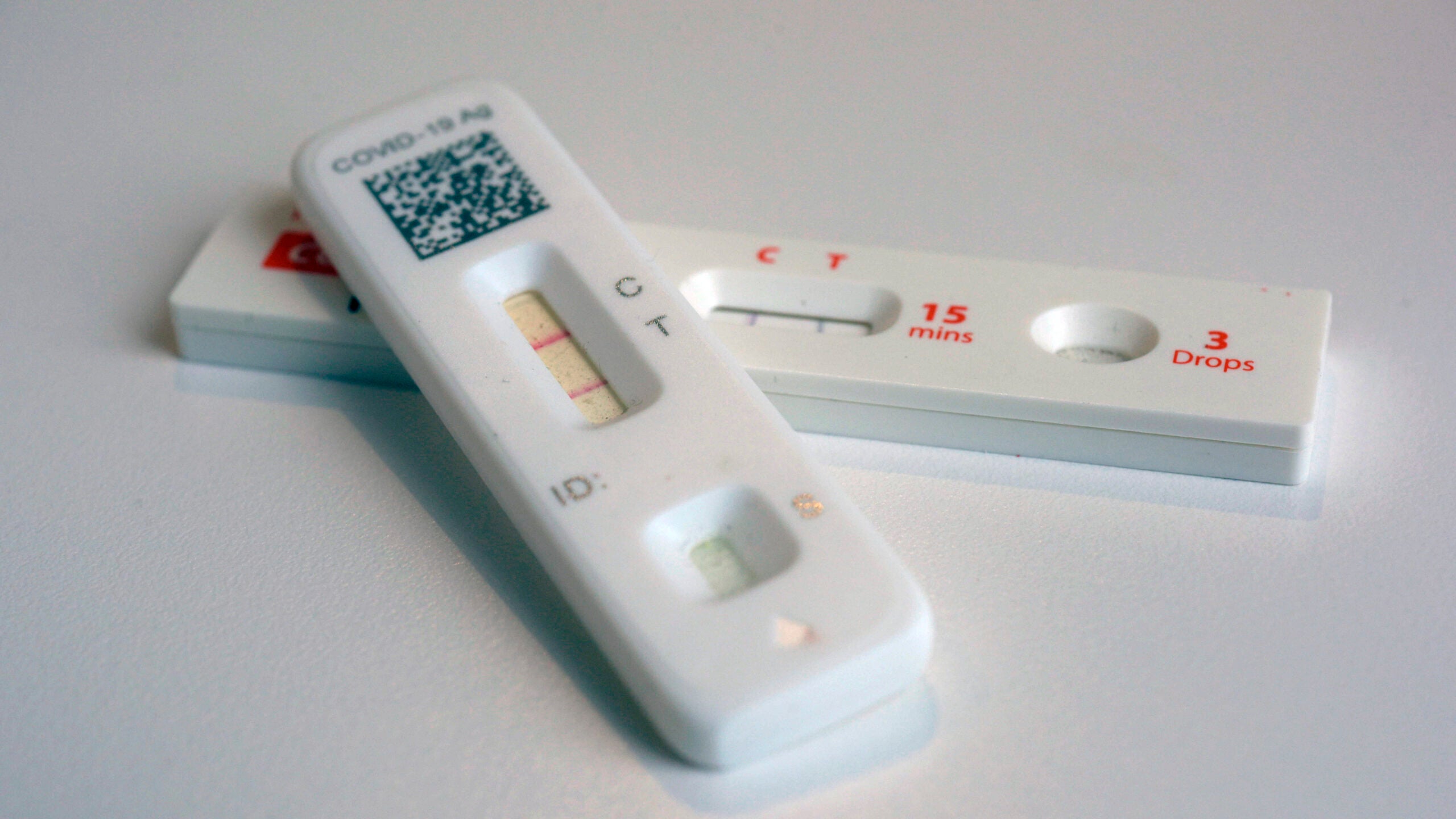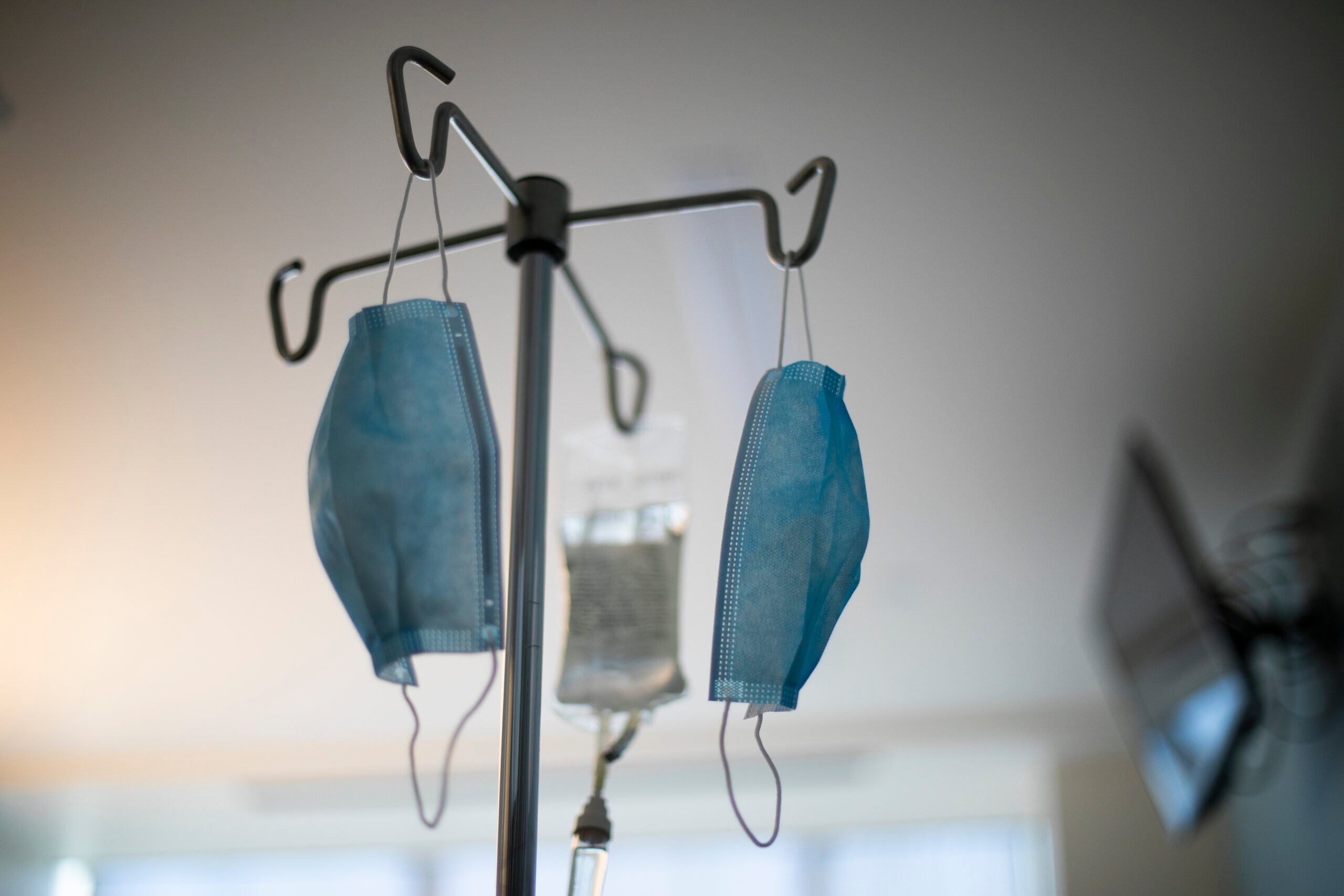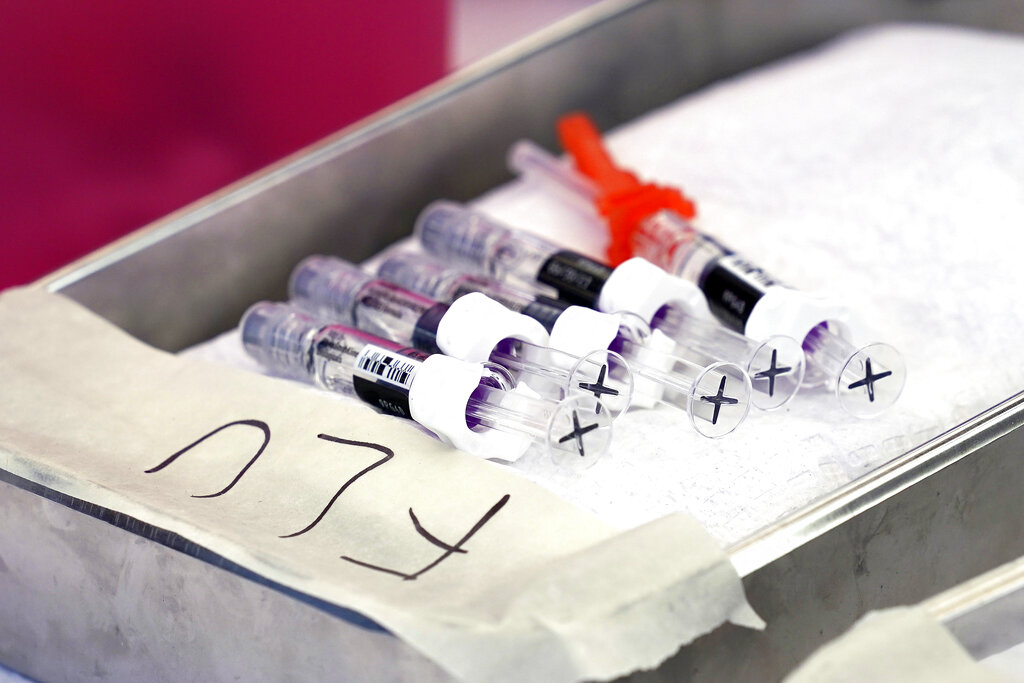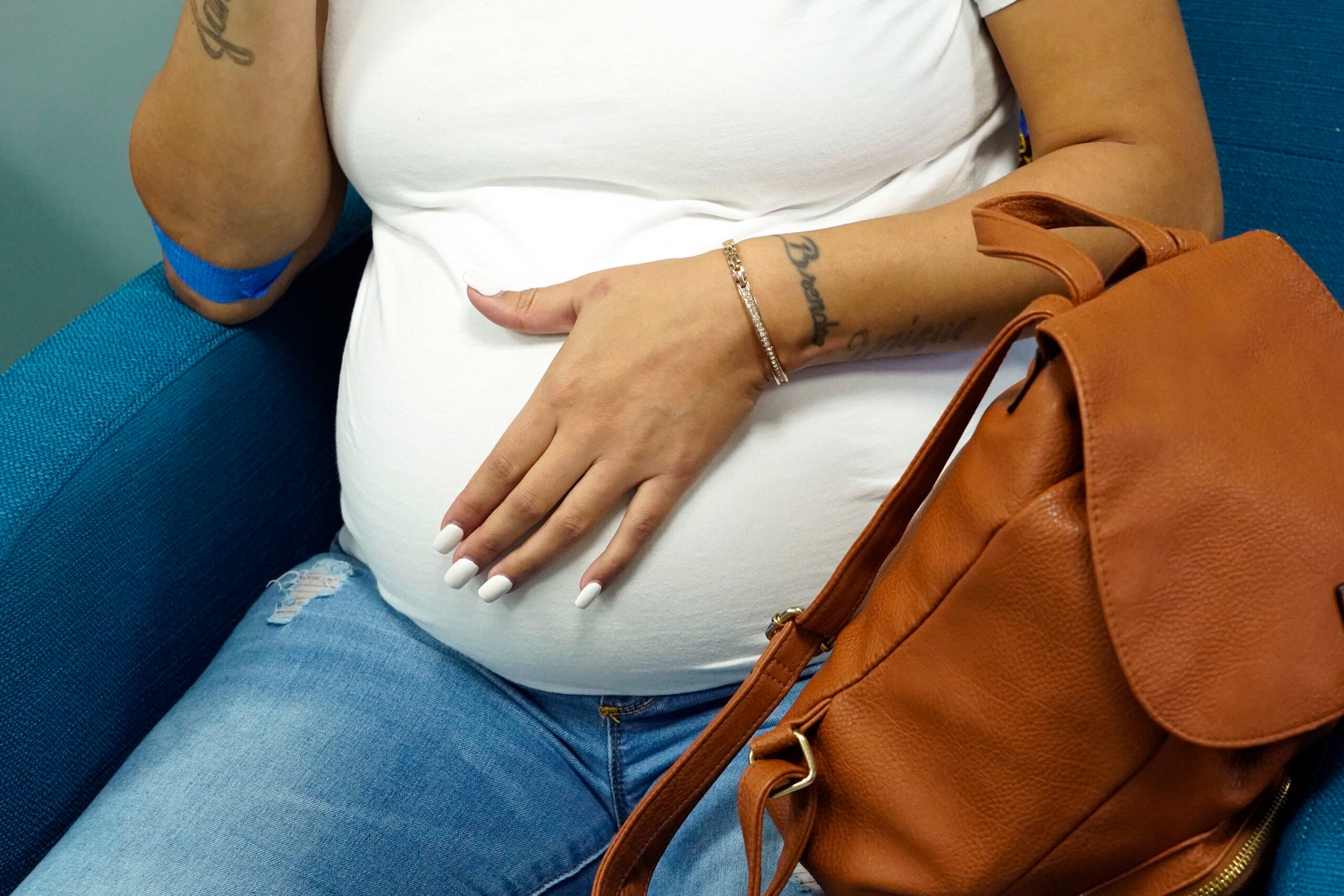Gov. Tony Evers said public health shouldn’t be a partisan issue, in response to a lawsuit filed last week by a conservative advocacy group that seeks to challenge his latest emergency declaration and mask mandate.
His remarks came as state health officials confirmed 727 new COVID-19 cases on Thursday.
“Science should not be a partisan issue, and a county-by-county piecemeal approach to the pandemic wasn’t working,” said Evers in a DHS briefing. “Our numbers continue to rise, families continue to lose loved ones, and we’ve reached record daily increases of positive cases, day after day.”
Stay informed on the latest news
Sign up for WPR’s email newsletter.
The number of new cases has been fluctuating up or down each day. However, the state did set multiple records for daily increases in positive cases of the virus from July to early August.
State Health Secretary Andrea Palm said young people between 18 and 34 years old account for the most confirmed COVID-19 cases in Wisconsin.
“That’s true both as a measure of cumulative cases, as well as a measure of new cases by week,” said Palm in a media briefing.
The news comes as college students have headed back to campuses statewide for in-person classes. Palm said they continue to partner with colleges and universities on their plans for reopening and providing assistance on how to respond to outbreaks.
Health officials said the state faces an ongoing need to scale up testing as Wisconsin and the nation have seen a reduction in demand for testing over the last several weeks.
Palm said the average rate of new cases for the past seven days is 674 daily cases. She said the seven-day average was 930 daily cases in late July.
On Thursday, the state announced $30 million in federal CARES Act funding for early care and education providers to help them counter challenges they face as they try to stay open during the pandemic. The governor also announced $5 million in funding to support arts and culture organizations. The Department of Health Services also said it will begin accepting applications Friday on a second round of payments for health care providers as part of CARES Act funding.
Evers said the state is getting “close to the end” of providing CARES Act money to agencies distributing funds as they seek to save money for testing, contact tracing and personal protective equipment.
“We have to be aware of that, as of end of this calendar year, there will be no more federal money unless Congress gets together and does what they need to do to help the states move forward after the first of the year,” said Evers.
The latest figures bring the overall total of positive cases in Wisconsin to 77,856, according to the DHS. A total of 1,146 people in Wisconsin have died from COVID-19, with 4 new deaths reported on Thursday.
According to DHS, 7.9 percent of all test results reported on Thursday were positive for COVID-19, bringing the overall percentage of positive tests over the past seven days to 8.4 percent. The previous seven-day period’s test-positive rate was 8.2 percent.
The percentage of positive cases is often read by public health officials as a measure of overall testing levels. A high rate could indicate that testing in the state is limited, and skewed toward those already flagged as potentially having the virus. A lower rate could indicate testing is more widespread.
Changes in the test positivity rate can also speak to a virus’ spread, if the size and makeup of the testing pool stays consistent.
Wisconsin’s daily testing capacity — based on the availability of test supplies and adequate staffing — has grown from 120 available lab tests in early March to 27,080 as of Thursday. The number of actual people with test results reported on Thursday was 9,178.
Overall, DHS has recorded a total of 1,277,855 people’s test results over the course of the pandemic. 1,199,999 have tested negative.
COVID-19 activity varies heavily from county to county. The latest coronavirus activity data from DHS, released once per week each Wednesday, showed that 64 counties had a “high level” of coronavirus activity. Activity level designations are based on “burden,” or the number of new cases per a county’s population over a 14-day period, as well as whether there’s an upward or downward trend in new cases.
On Wednesday, counties with the highest case rates per capita included Juneau, Iron, Brown and Racine. The counties with the most significant upward trends included Kewaunee, Forest, Adams and Shawano.
There have been confirmed cases in all 72 of Wisconsin’s counties and all counties reported new cases of COVID-19 in the last two weeks.
___________________________
DHS still has a dashboard showing Wisconsin’s progress on gating criteria under the now-defunct Badger Bounce Back Plan. Those gating criteria would have been used to determine when it would be safe to begin reopening the state, prior to the state Supreme Court ruling that ended a statewide stay-at-home order. The state has never met all six of the criteria at once.
Two of the criteria are a statistically significant 14-day downward trend in COVID-like cases reported in emergency departments, and a similar downward trend for influenza-like cases in emergency departments. On Thursday, the criteria for a downward trajectory of COVID-like cases over the past 14 days had been met, though the trajectory for influenza-like cases had not.
According to DHS, 5,946 people have been hospitalized because of the virus as of Thursday. That means at least 7.6 percent of people who have tested positive for the new coronavirus in the state have been hospitalized. DHS officials said they don’t know the hospitalization history of 26,167 people, or 34 percent.
Wisconsin Public Radio, © Copyright 2024, Board of Regents of the University of Wisconsin System and Wisconsin Educational Communications Board.

